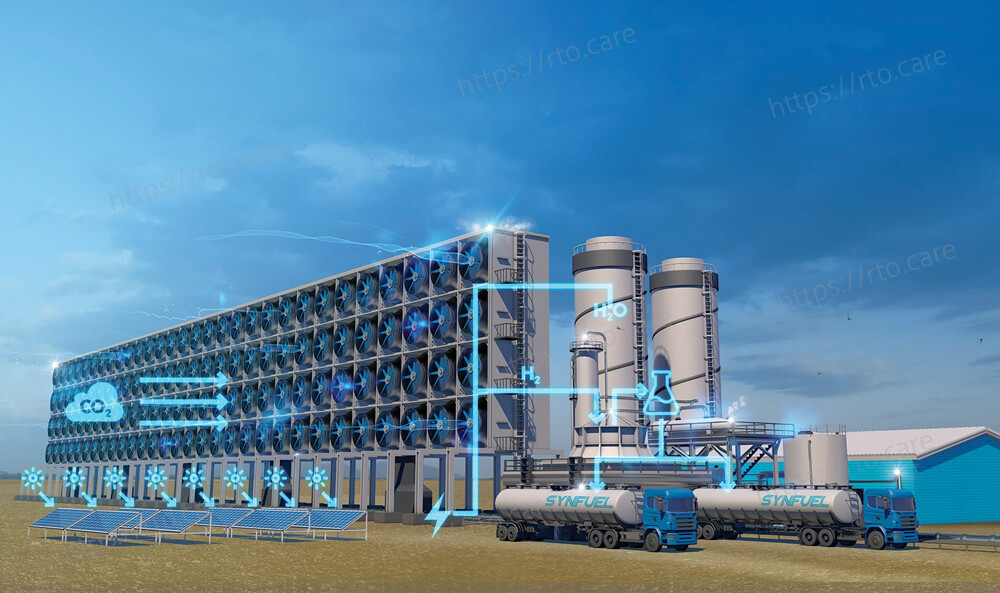What are synthetic fuels?
Synthetic fuels are liquid fuels that, although being manufactured artificially, essentially share the same qualities as fossil fuels. They may be utilized in the same manner as fossil fuels are used globally. For instance, it is feasible to generate synthetic diesel, gasoline, or jet fuel for traditional ships, trucks, and automobiles. The primary distinction between fossil and synthetic fuels is how they are made: biological matter that is transformed into coal, natural gas, or oil over the course of millions of years underground forms fossil fuels. These natural processes are imitated to create synthetic fuels utilizing renewable resources.
Renewable synthetic fuels: how are they made?
Understanding the composition of fossil fuels is necessary to comprehend the generation of renewable synthetic fuels; to put it simply, they are composed of chains of the elements hydrogen (H) and carbon (C). Or to put it another way, they are made up of a wide variety of hydrocarbon molecules.
Syngas, a combination of hydrogen (H) and carbon monoxide, is essential for the production of synthetic fuels (CO). Consider syngas to be a brick. Any type of home may be constructed if you have bricks. Syngas is the all-purpose building block required to create any kind of liquid hydrocarbon fuel, including gasoline, diesel, or jet fuel. An established industrial method that has been widely used for years to convert syngas into fuel uses coal and natural gas as feedstocks, both of which are unsustainable. In other words, creating syngas sustainably is the difficulty. A lot of energy is needed for syngas generation. This energy must originate from a renewable source, such as biomass, solar, wind, or hydro, in order to be produced in a sustainable manner.
Where are artificial fuels used?
With the current global fuel infrastructure, synthetic fuels are completely compatible. Because they can be used in both conventional and jet engines, normal automobiles, ships, and other combustible vehicles may all be powered with synthetic fuels without having to be modified or retrofitted. Additionally, they may store and distribute gasoline using the existing infrastructure.
Synthetic renewable fuels are frequently viewed as a way to reduce carbon emissions, particularly in the transportation sectors that cannot be electrified.
Liquid fuels, which have 60 to 100 times more energy per mass than lithium-ion batteries, will continue to be used for long-distance transportation since it requires energy carriers with a very high energy density. Batteries are simply too big and heavy for long-distance flight. In order to achieve net zero in the future, the aviation sector is depending on renewable synthetic fuels, also known as Sustainable Aviation Fuels (SAF).










